VW Caddy Mk1 Buying Guide
The Mk1 Golf fronted pick-up is a popular classic for VW enthusiasts. It carries the commercial kudos of the legendary Type 2 and combines it with the most famous hot hatch of all. It’s little wonder why you see so many out on the road or parked up at shows.
If you're tempted by one yourself, but not sure where to start you could do far worse than studying our Mk1 Caddy buying guide.
History of the VW Caddy
The Caddy made its debut as the Rabbit Pickup in North America and was produced at the Volkswagen Westmoreland plant in Pennsylvania between 1978 and 1984.
It wasn't until 1982 that the European market got a chance to own the newly renamed Caddy, which was manufactured at the TAS factory in Sarajevo in the former Yugoslavia. They were sold here up until 1992 and whilst they sat alongside the Mk2 Golf in the showroom, they followed suit with the Mk1 Golf Cabriolet and kept the first generation styling and mechanicals.
The Caddy was also produced in South Africa and was sold on the forecourt with the Citi Golf as recently as 2007.
Despite a total production run of 29 years, only 207,000 examples were made. That's just 3% of the total Golf Mk1 build numbers!
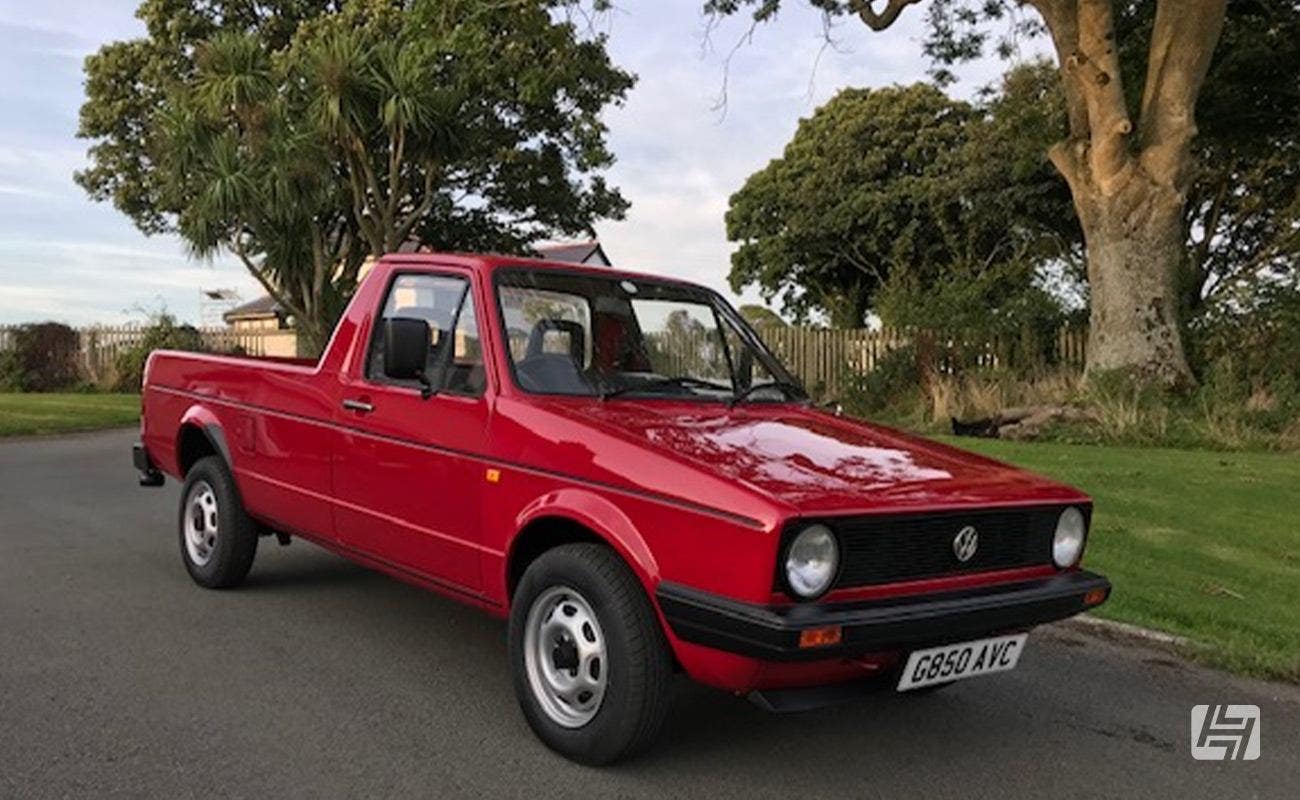

VW Caddy Engine Codes: Quick Reference
To help you with your buying and ownership journey here are a list of VW Caddy / Rabbit Pickup engine codes that were used for European, US, and South African market.
JB: 1500cc Petrol (70bhp) JF: 1500cc Petrol (70bhp) EH: 1500cc Petrol (78bhp) EM: 1600cc Petrol (75bhp) EW: 1600cc Petrol (75bhp) HN: 1600cc Petrol (75bhp) EJ: 1600cc Petrol (83bhp) HM: 1600cc (82bhp) EN: 1700cc Petrol (78bhp) JH: 1800cc Petrol (95bhp) CK: 1500cc Diesel (50bhp) CR: 1600cc Diesel (54bhp) JK: 1600cc Diesel (54bhp) ME: 1600cc Diesel (54bhp) CY: 1600cc Turbo Diesel (70bhp)
What to look for: VW Caddy Engines
The Caddy Mk1 was sold in the UK with three engine options. A 1.6 petrol engine producing 75bhp, a 1.6 diesel with 54bhp and the later 95bhp fuel-injected 1.8 which was usually accompanied by a five-speed gearbox.
Almost all Mk1 Caddys will have started out as commercial vehicles, and are likely to have led a hard life at the hands of unsympathetic owners. Have a flick through the service schedule book and see if you can find the relevant stamps. Also, pay attention to the exhaust, in particular any blue smoke on the overrun which would indicate worn valve guide seals.
The cambelt will be due for replacement on most models every 40,000 miles, so check this has been done too, or use it as an opportunity to negotiate on price to cover having it done.
The diesel engine is largely bulletproof but slow in this non-turbo guise, and it’s not uncommon to find Caddys that have had a more recent TDi engine fitted, offering better power, speed, and economy.
As with all early Golfs, engine transplants from other models are a popular upgrade, and if the work has been done well, then see it as an asset. Check out our VW Golf engine conversion guide here to find out what is possible.
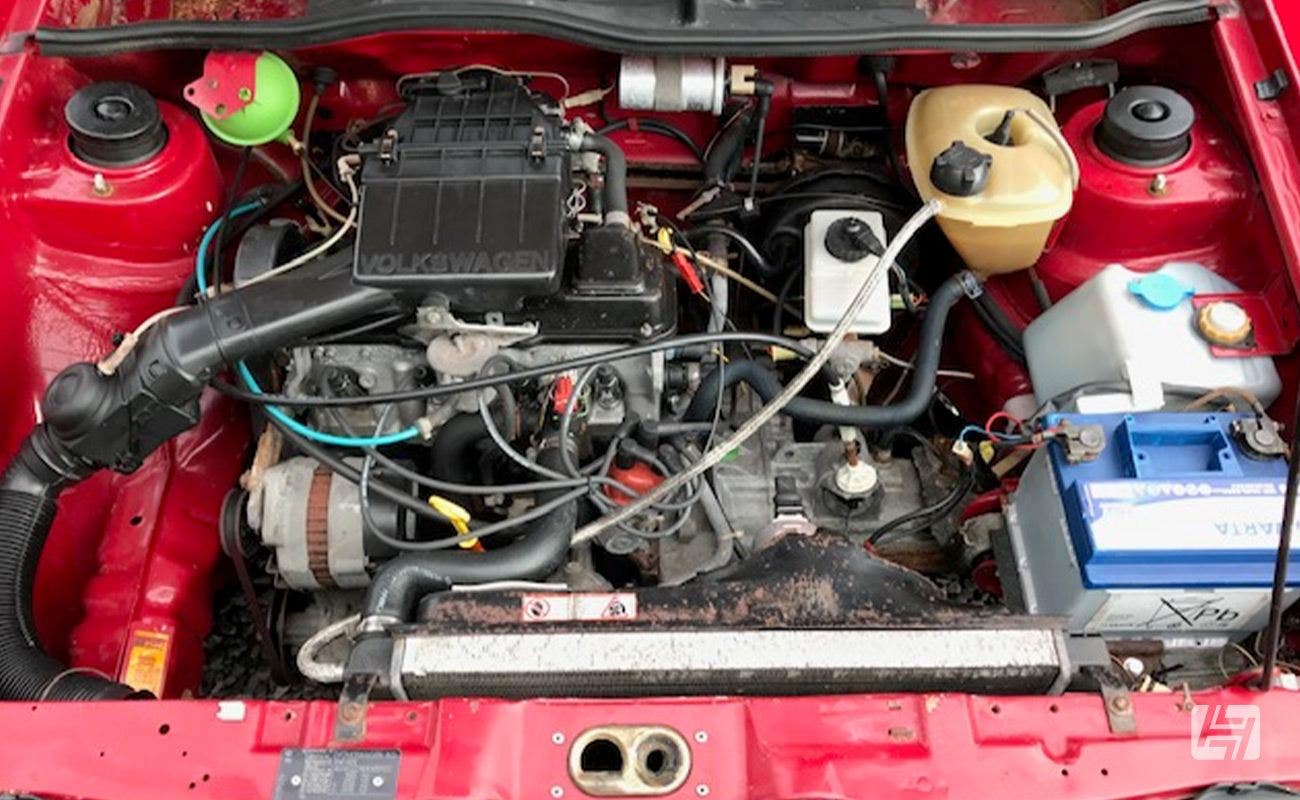

VW Caddy Bodywork
The Caddy rusts in all the same places as the hatch, namely in the rear quarter panels, inner wings, inner and outer sills, the bottom of the doors, the strut tops, the metal where the clutch cable passes through the bulkhead, and the scuttle panel at the bottom of the windscreen. Most of the panels are still available, but obviously, if you’re paying someone else to do the work a really rusty example will cost big money to sort.
Doors are the same as the 4 door Mk1, and the sills will require both 4 and 3 door to be joined together to create the length required. The front end is entirely the same as the hatchback, but from cab back it is all pick-up specific.
The chances are the rear load bed will have been used to carry heavy things so expect the knocks and scrapes in the pressed metal ribs, and don't be surprised by dents along the top of the roofline where planks of wood or ladders may have been tethered.
Tailgates for these vehicles are rarely in brilliant condition and good replacements are likely to cost you a pretty penny, although GRP and carbon fibre copies do crop up now and again. Running without a tailgate, or with a cargo net is a common workaround for the Caddy owner on a budget.
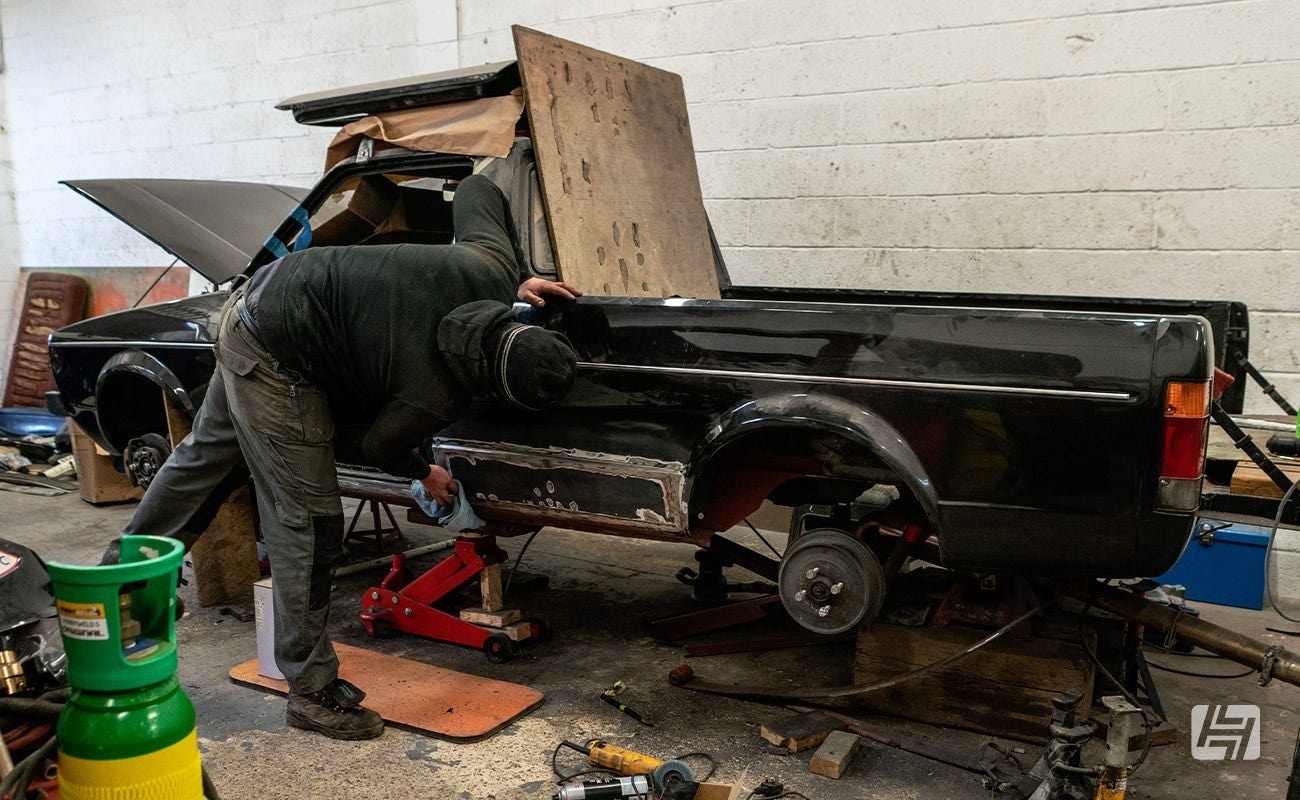

VW Caddy Running Gear
There are coil springs at the front and a more industrial leaf spring set up at the rear. The number of ‘leafs’ depends on the year, but usually, there are either two or four springs each side.
Standard ride height will give some owners vertigo which is why it is common to ‘flip’ the rear axle to improve a Caddy’s stance, alternatively a set of lowering blocks can be installed to drop the back between 120-140mm.
While on a test drive, listen out for any knocks from the front which could point to lower bush wear, worn top mounts, or a broken road spring. Identifying wheel bearing noise may also prove another useful negotiating tool.
If the steering feels sloppy, it’s most likely to be the bushes rather than the rack itself. Be mindful of the fact that VW didn’t strengthen the rack mount on the RHD cars and this is an area that can corrode so give it an eyeball if you can.
You will find servo-assisted non-vented discs upfront and conventional Caddy-specific drums at the rear, making braking adequate but not sensational. That said, there are lots of options in the way of upgrades, including fitting a bigger servo and master cylinder, vented discs, and even a rear disc conversion.
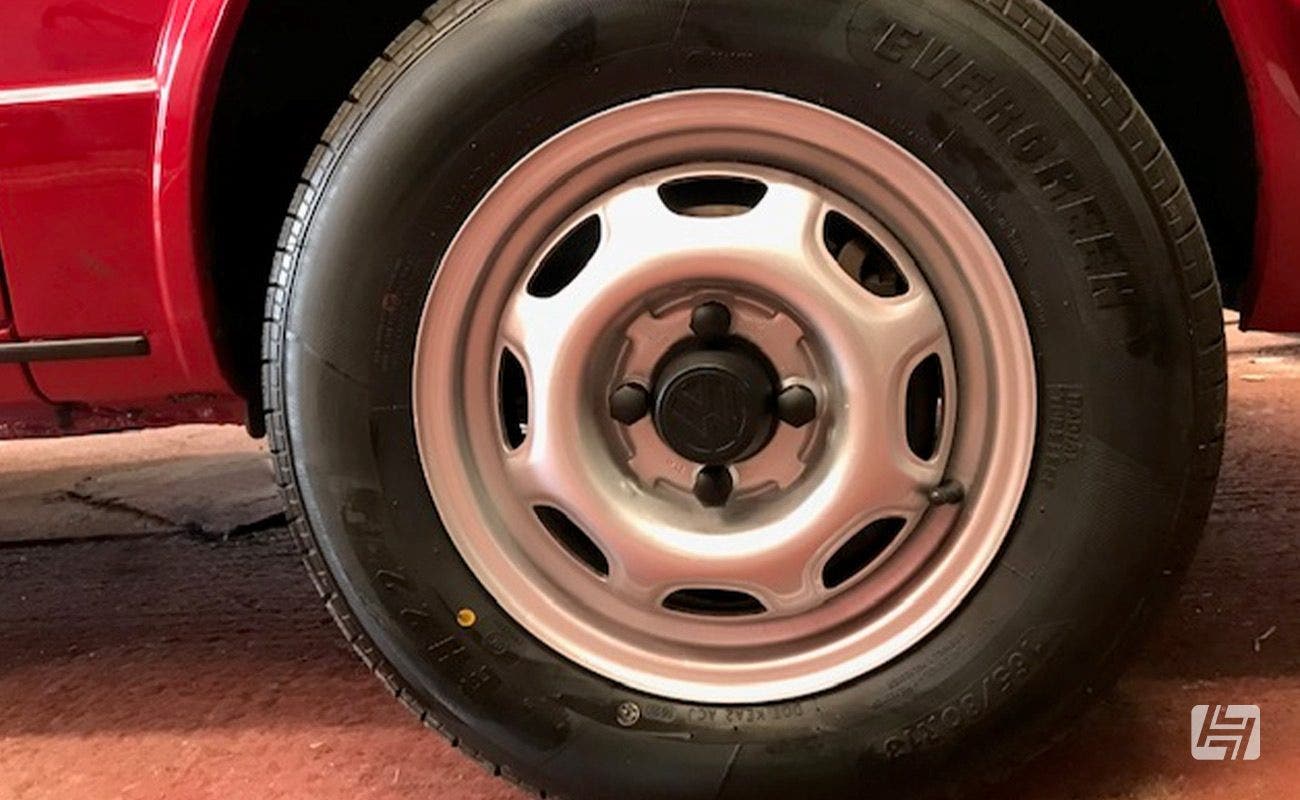

VW Caddy Interior
Sadly, due to their commercial nature, it’s not uncommon for a Caddy to look a little scruffy inside. Especially if it’s had a hard life. But again, there are lots you can do to improve things, including fitting smarter seats or from another Mk1 platform car. Because all the parts are interchangeable with a Mk1 hatch, you can easily replace things like seat bolsters, door panels, headliners, dashboards, and carpets.
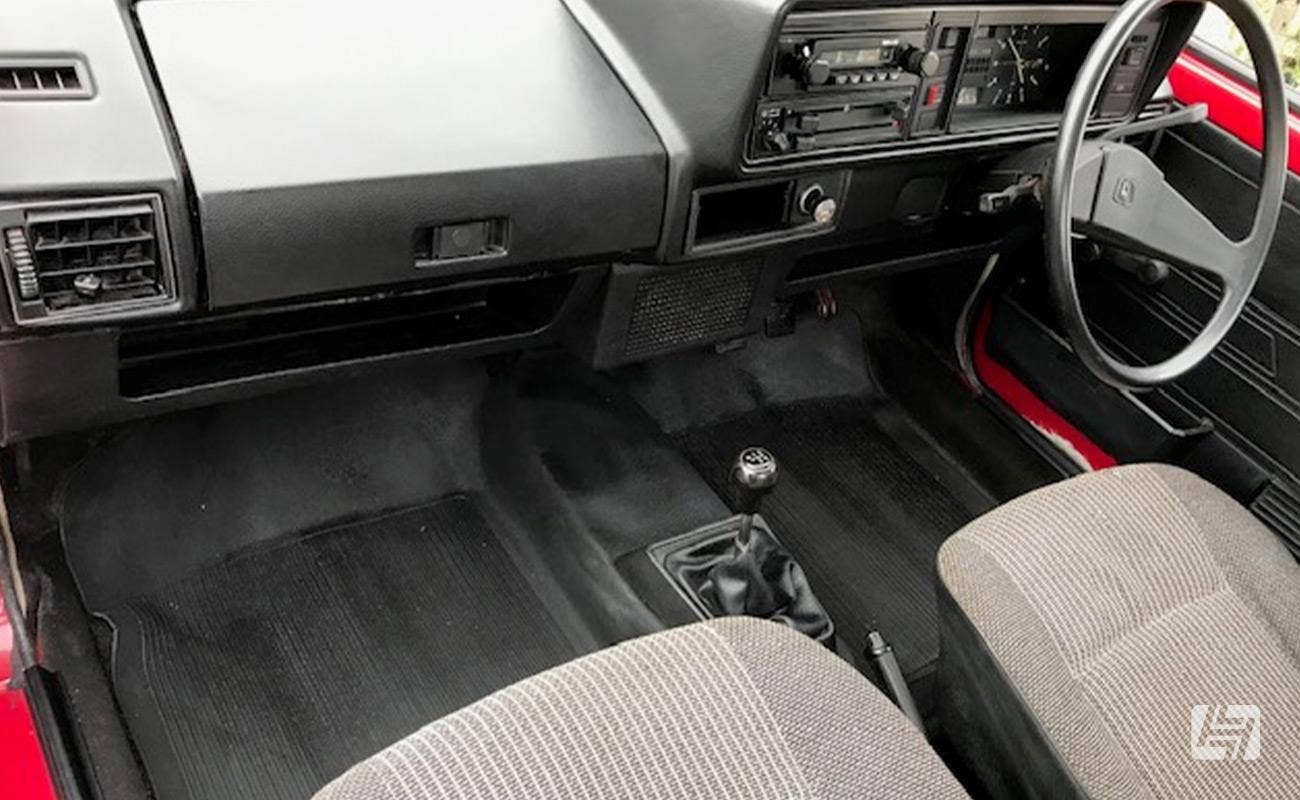

How Much is a VW Caddy?
Early Caddys always attract a lot of interest when they come up for sale, and owing to the short supply in comparison to their full-bodied siblings it's easy to get carried away and jump into something that you should probably walk away from. Most trucks tend to get lowered at the very least, so sit tight and wait patiently if you are after a decent stock example or break out the spanners and flip the rear axle back over for the OE nose down commercial stance.
An abandoned Caddy project is going to be the cheapest route into ownership, but it could end up costing you more in the long run if the work to date isn't up to scratch. Expect to part with at least £2,000 for the pleasure of someone else's headache!
A rough and ready driving project should come in around £5,000 but there'll no doubt be a list of things that will need attention before the next trip to the MOT station.
£8-10k seems to be the going rate for something you can park up outside your house without the neighbours complaining, and anywhere between £12-£20k will buy you a truck with an engine swap, fancy wheels, nice interior and paint to match.
From an investment point of view, the Caddy Sport is arguably pick of the bunch with its Zender body kit, striped graphics down the side and 1.8 GTI engine under the bonnet, but good luck finding one for sale as numbers were very much limited.


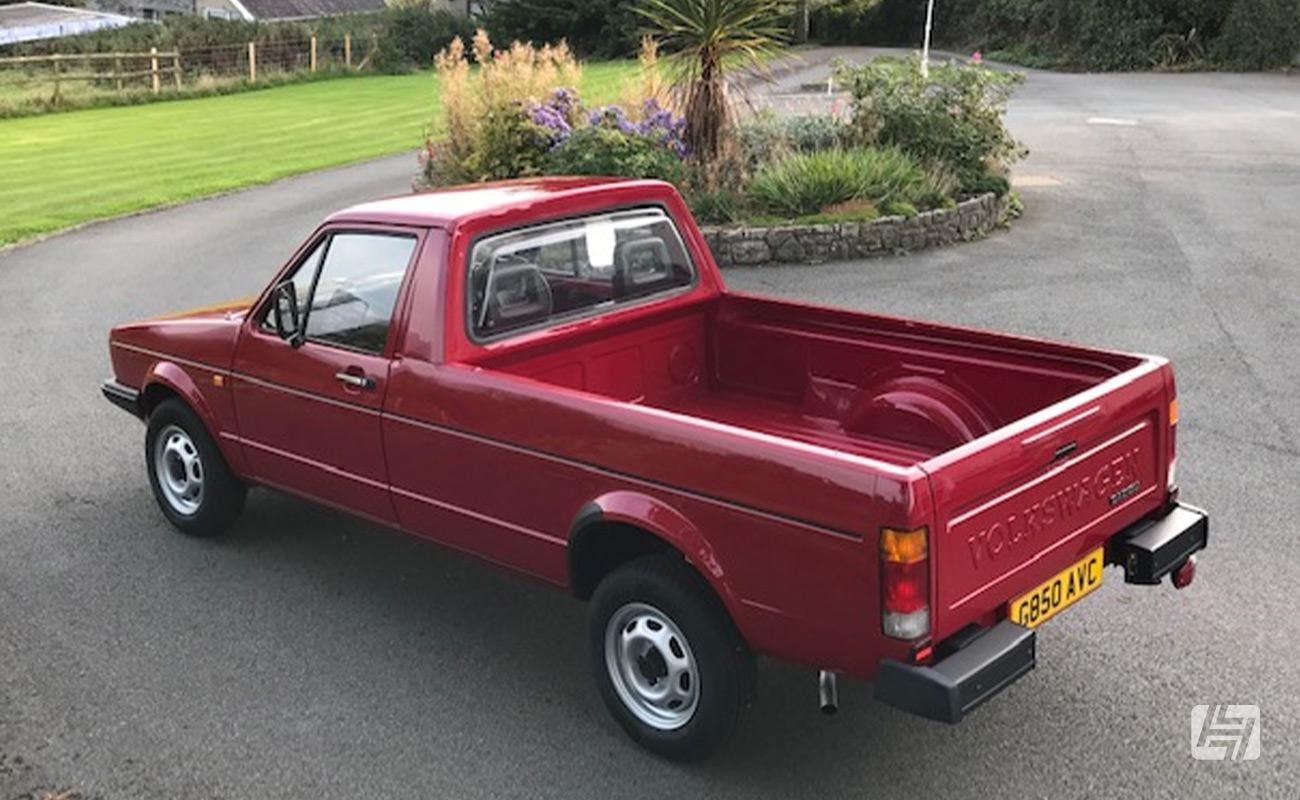

Hopefully, this guide has given you some food for thought. We'd also suggest taking a flick through our Mk1 Golf buyers guide for some more in-depth information regarding the first-gen Golf platform.
Our big thanks to Hefin Williams for supplying us with photos of his beautiful red Mk1 Caddy to help illustrate this guide.
Ian / Andy




 Beetle
Beetle
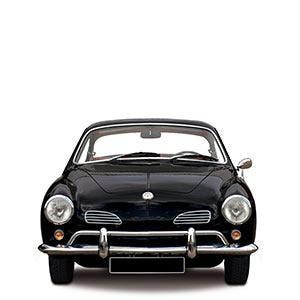 Karmann Ghia
Karmann Ghia
 Type 2 Split
Type 2 Split
 Type 2 Bay
Type 2 Bay
 Type 25
Type 25
 Transporter T5
Transporter T5
 Golf Mk1
Golf Mk1
 Golf Mk2
Golf Mk2


 911
911
 996
996
 997
997
 986 Boxster
986 Boxster
 987 Boxster
987 Boxster
 912
912
 944
944
 924
924


